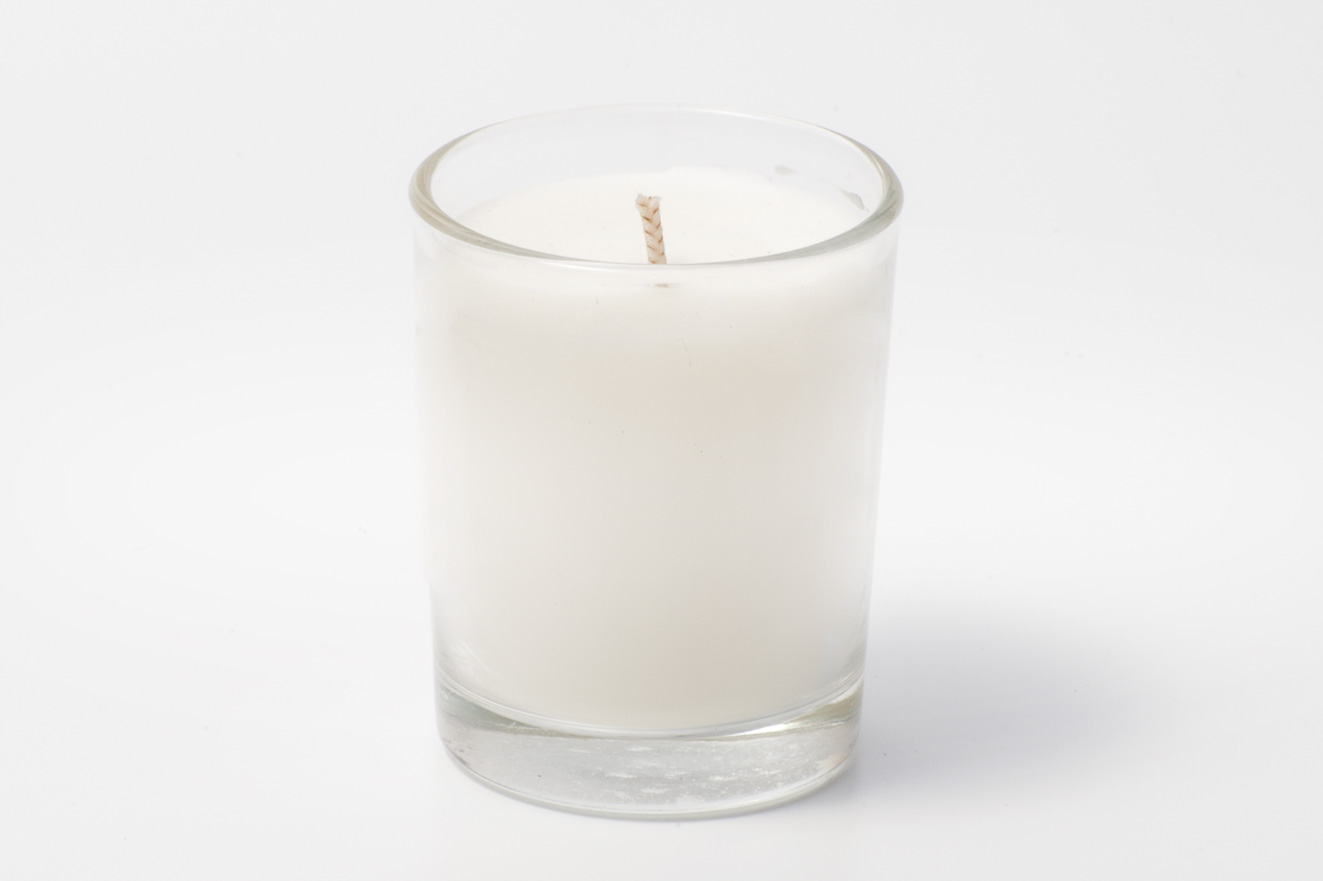Blog
This is our blog, We will talk about scented candle, reed diffuser evrythings related to the aromatherapy world. But also lifestlyle, home decor and many other things…
Use the form on the right to contact us.
Best Scented Candles and Home Diffures Supply
This is our blog, We will talk about scented candle, reed diffuser evrythings related to the aromatherapy world. But also lifestlyle, home decor and many other things…
